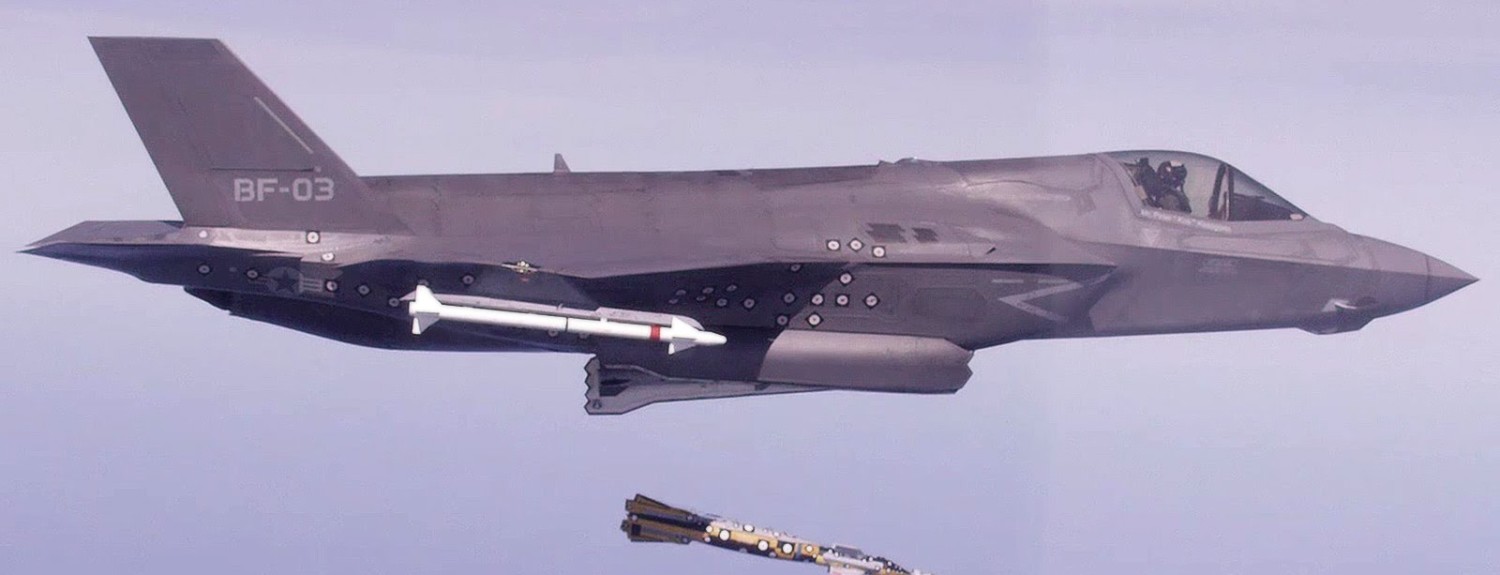New F-35A Joint Strike Fighters were able to pummel the earth with bombs for the first time during a controlled training mission. Now that the aircraft has passed this milestone, it is one step closer to achieving true combat readiness.
During a training mission at a Lockheed Martin facility last week, airmen from the 388th and 419th fighter wings soared over the Utah landscape and dropped laser-guided bombs onto the terrain.
According to an Air Force press release, these specific F-35 jets may soon be ready to see combat.
Lt. Col. Darrin Dronoff, the director of Hill’s F-35 Program Integration Office, said that while this achievement is a significant step toward Air Force IOC, the milestone goes beyond that mark.
“The pilots and weapons loaders in the 388th and 419th fighter wings are perfecting their skills not only to prove aircraft capabilities, but they’ll also be the Airmen called upon to take the F-35 to combat, whenever that call may come,” he said.
Hill’s F-35 pilots will begin flying the F-35 in four-ship formations, which is the standard configuration flown in contested combat scenarios, as early as March.
Achieving IOC, or initial operational capacity, is an important step to getting the F-35 out of the hangar and into the battlefield. While a Marine squadron said the F-35 achieved IOC in August, the Air Force and Navy have yet to declare IOC. Originally, the F-35 was supposed to be ready to fly by 2012, but costly design setbacks prevented the project from moving forward on time.
It’s certainly promising to see the state-of-the-art F-35 jets finally flexing their muscles and testing their weapons, especially since the program is projected to cost $1 trillion throughout its lifetime. The military will, fingers crossed, make the most of that investment sooner rather than later.
We don’t have footage of last week’s tests, but you can watch an F-35 drop a laser-guided bomb during a separation test.




































